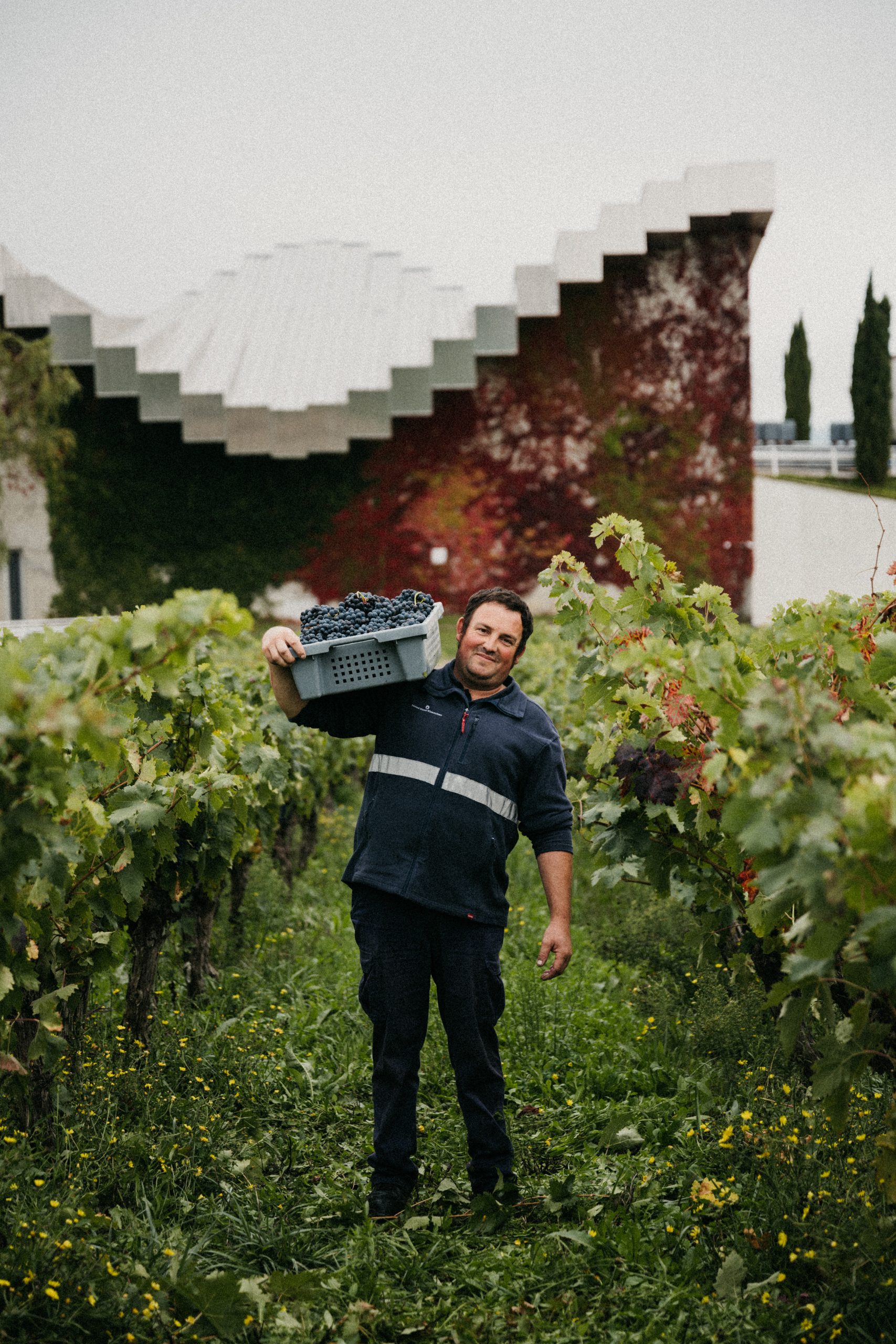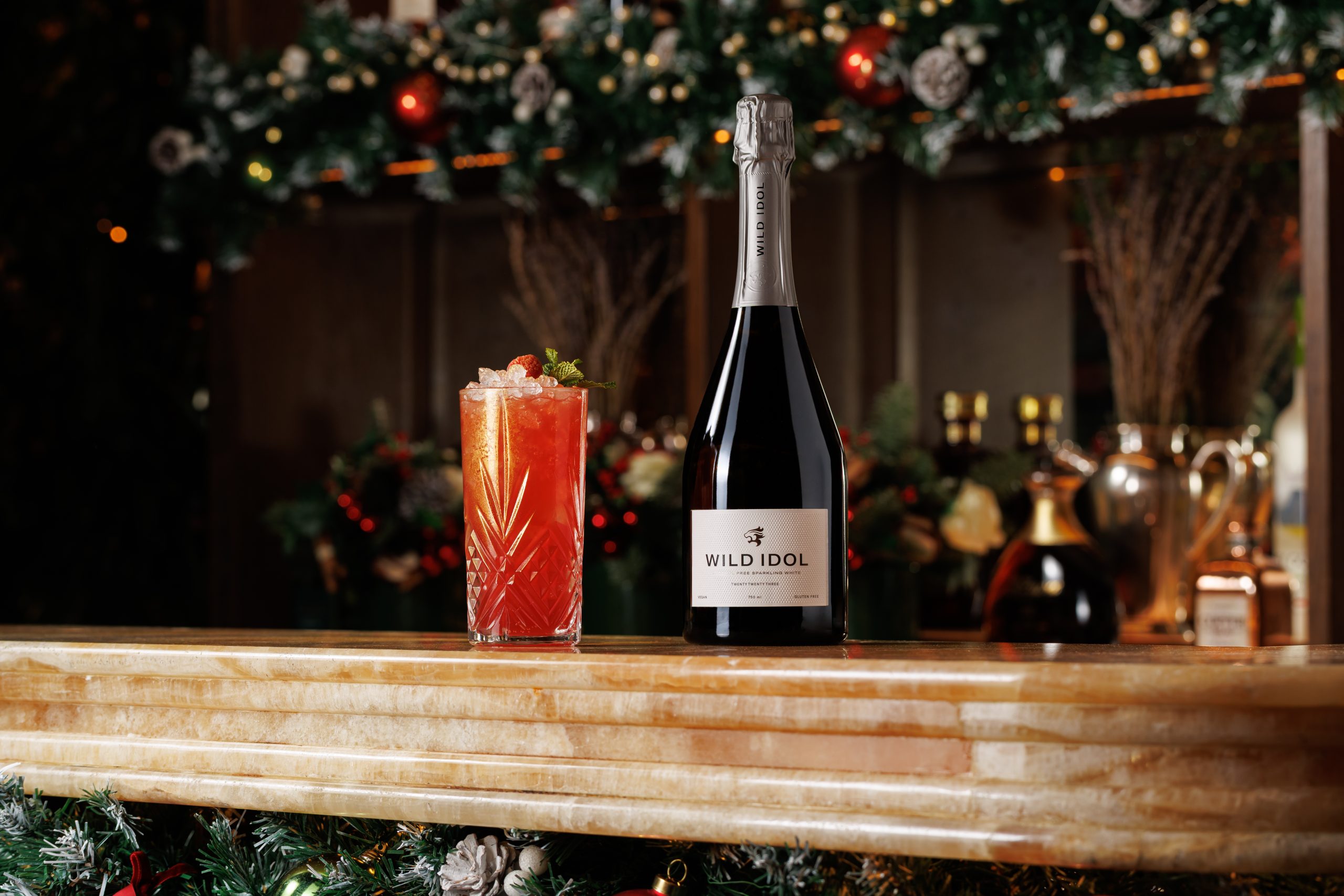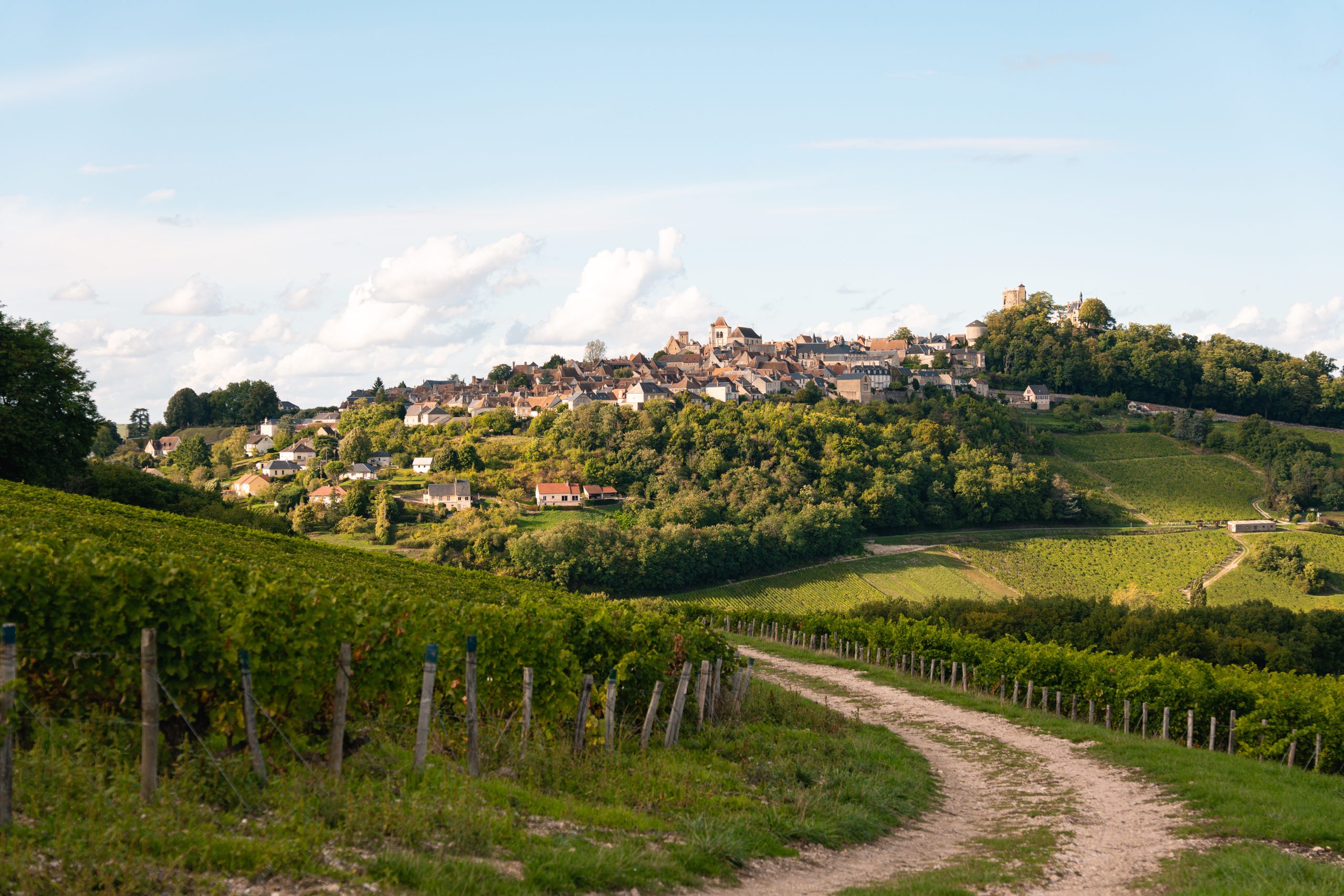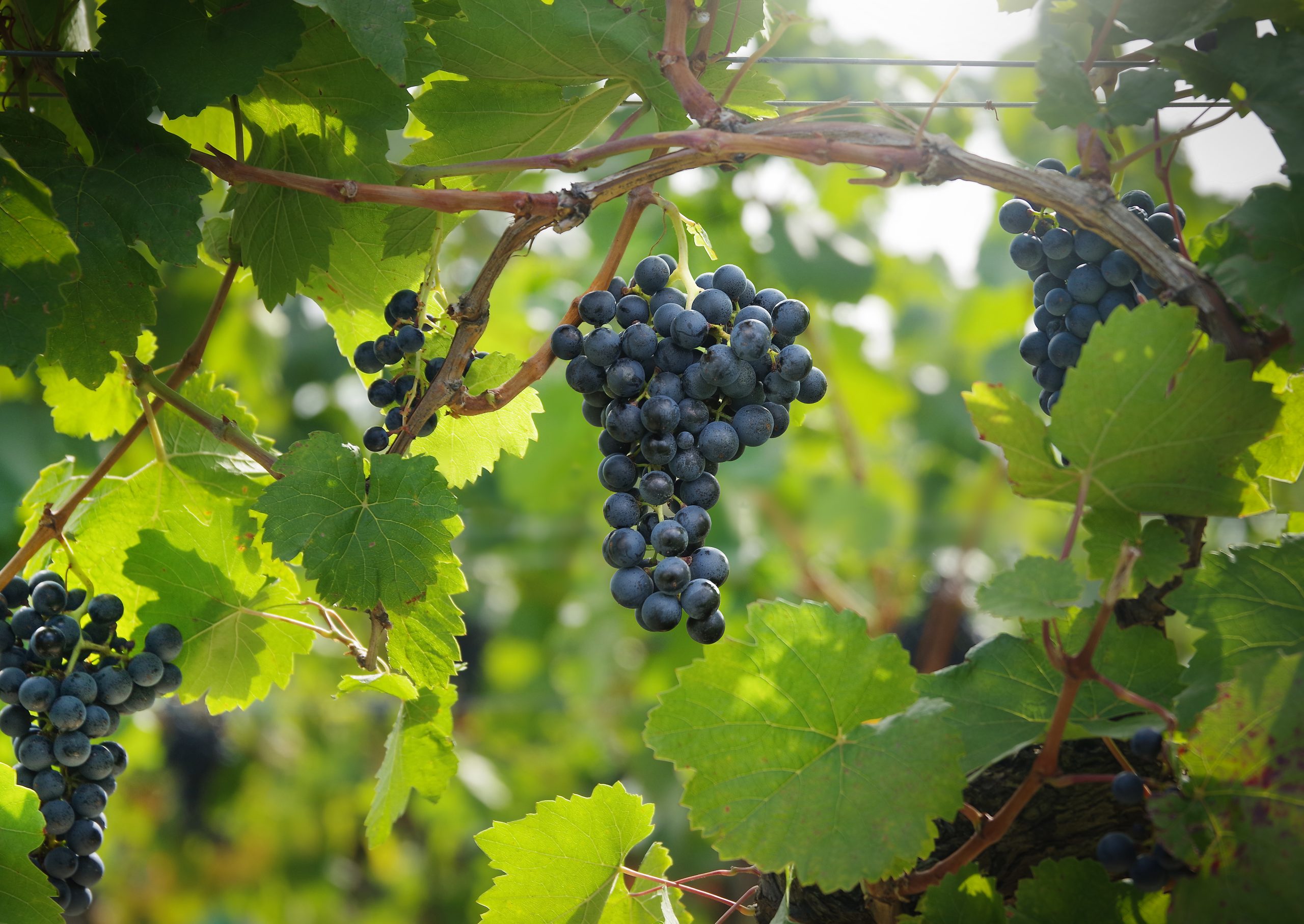The bottom line on UK retail
Latest figures show that online wine selling is the fastest growing area of UK retail – and this sector is rapidly continuing its ascent.
The drinks business makes a full in-depth report of the UK retail scene in its August issue, led by a key analysis of the virtual wine world.
As is often the case, the most dynamic aspect of any market is the least comprehensively tracked, simply because the statisticians cannot keep up. In the UK, where Nielsen records each bottle that passes through the tills of the country’s largest stores, the thriving online drinks market is still, for the most part, an unknown quantity; which is strange if you think every web-based transaction leaves a trail in cyberspace.
However, there’s enough evidence to suggest that alcohol sales through websites are the fastest growing area of UK retail, and the latest IMRG/Capgemini figures show a BWS sector increasing at 23% year on year (April 2010), and up almost 30% from March to April.
Last time db looked at the sector (September ‘09), it was estimated this market was worth £550 million, so we can assume it’s nearer £700m today (IMRG/ Capgemini won’t release an exact figure).
As for wine alone – the subject of this issue’s UK retail focus – estimates seem to centre on the £200m mark, and “it’s growing steadily”, according to Robert McCarthy, Laithwaites’ commercial director. This compares with the entire “direct-to-consumer” wine market, dominated by mail order, but including online, which is believed to be worth nearer £900m.
In terms of volume sales, the mail-order and online market together are believed to be approaching 13m cases, with conservative estimates for web sales alone at around the 2.5m case mark (over half the 4m cross-channel shopping sector, see chart).
But, crucially for those supplying the UK, the online opportunity is not just about sheer volumes shifted, it is about scope. The worldwide web is, in the words of Alex Murray, manager of Waitrose Wine Direct, “a warehouse with elastic walls”.
Corroborating this, David Cox, UK head of the New Zealand Winegrowers, speaking at the LIWF 30th anniversary seminar in May this year, talked of “an Amazon of wines online” – a reference to the almost infinite range of books and CDs sold by America’s largest online retailer, and an ironic comparison considering db can now confirm the web-based brand is moving into wine sales in the UK (on the back of its recent decision to sell groceries).
In practice, logistics and information technology (IT) may limit the extent of the range, but, it seems, not the flexibility. Nick Jackman, Tesco Wine Club commercial manager, explains that as much as 35% of online sales through the retailer are web exclusives – the likes of specialist labels and wine parcels – which is no doubt a way to differentiate the offer on the internet; entice a more affluent customer, and enthuse the regular. He also admitted that Tesco is planning to triple its online fine wine range.
Partner Content
And despite its low-cost image, Tesco’s online customers are richer – the retailer says almost 80% are ABC1 – ensuring the average spend online is nearly £1 more per bottle (£5.50 compared to £4.80 in-store). For the overall UK online market, trade sources suggest £80 is the average for a nine-litre case, or over £6.60 per bottle, more than £2 above the usual for off-trade offline sales.
Murray at Waitrose attributes this higher selling price to the fact that “the operational cost of stocking and delivering wines direct to customers is more expensive than selling them through the branch supply chain”. Or, as McCarthy states of online retailing, “absolute costs may be higher, but marginal costs are lower, so scale matters”.
But to return to the issue of range extent, like Tesco, upmarket grocer Waitrose is looking to expand its online offer upwards and outwards. Already Waitrose lists a full 1,400 lines on its Wine Direct web brand, in comparison to an average of 400-600 lines in any one of its stores, and Murray says: “We’re looking very closely at what opportunities are over and above our current range – we can go as big as we want”.
As for mail-order giant Laithwaites, McCarthy says: “Online is really key to our future and within the next five years we would like to have 50% of our sales online.“ Currently the proportion peaks at 40% during Christmas trading.
For the shopper though, it seems that range extent is not the most important aspect of the web offer.
McCarthy adds: “Yes the sky is the limit on the range you can have online but you have to be careful that there isn’t a large range just for the sake of it. We need to make it easy for customers to navigate the range and find the right wine for their needs.”
Similarly, Michael Howes, founder partner in new online retailing operation Find Wine, says the site features no more than 54 lines at any one time, although the range is regularly updated. “The majority of buyers online don’t want to be overwhelmed with choice,” he remarks, although the online-only retailer, which displays wines by price and style, “is trying to encourage people to explore and experiment”.
To read this feature in full, and to understand the latest on the UK’s retail wine scene in full, pick up a copy of August’s the drinks business today.
Patrick Schmitt, 16.08.10





“In practice, logistics and information technology (IT) may limit the extent of the range, but, it seems, not the flexibility.”
We often find merchants who started down the e-commerce route a couple of years ago, and who have been successful with a significantly increased turnover, are now reaching the limit of their e-commerce capability because the focus during the planning and build stage focused more on design than the scalability of the system.
At [url]www.BPMLogic.com[/url] and in conjunction with one of London’s top fine wine merchants, we have spent 10 years designing a browser based (portable) wine retail platform with a fast and functional front and back end that is designed to enable merchants to sell more whilst significantly lowering the cost of sale. Using SEO techniques, we can also drive traffic to a particular store and product if required. The back end optionally covers en-primeur, private customer reserves and a live warehouse management system + advanced CRM, POP + SOP and EPOS if needed. There’s nothing else like it on the market that can compete on functionality, portability, speed and user experience, for both merchants and customers. It can also bolt on to any standard accounting system.
Coupled with a unique relationship with one of London’s bonded warehouses and also in-house consultancy drawing on significant experience in wine supply side operations, our offering does exactly the opposite of limiting the range of wines offered by any of our customers.